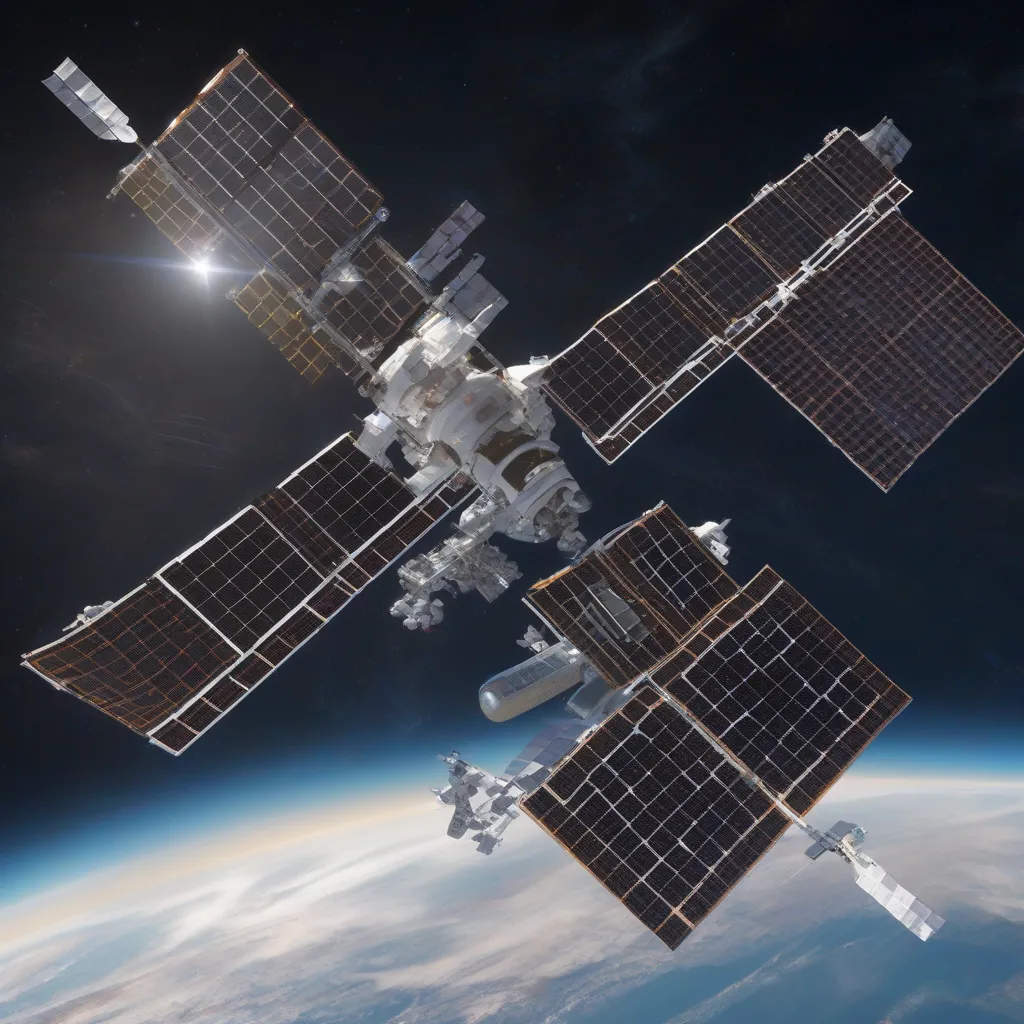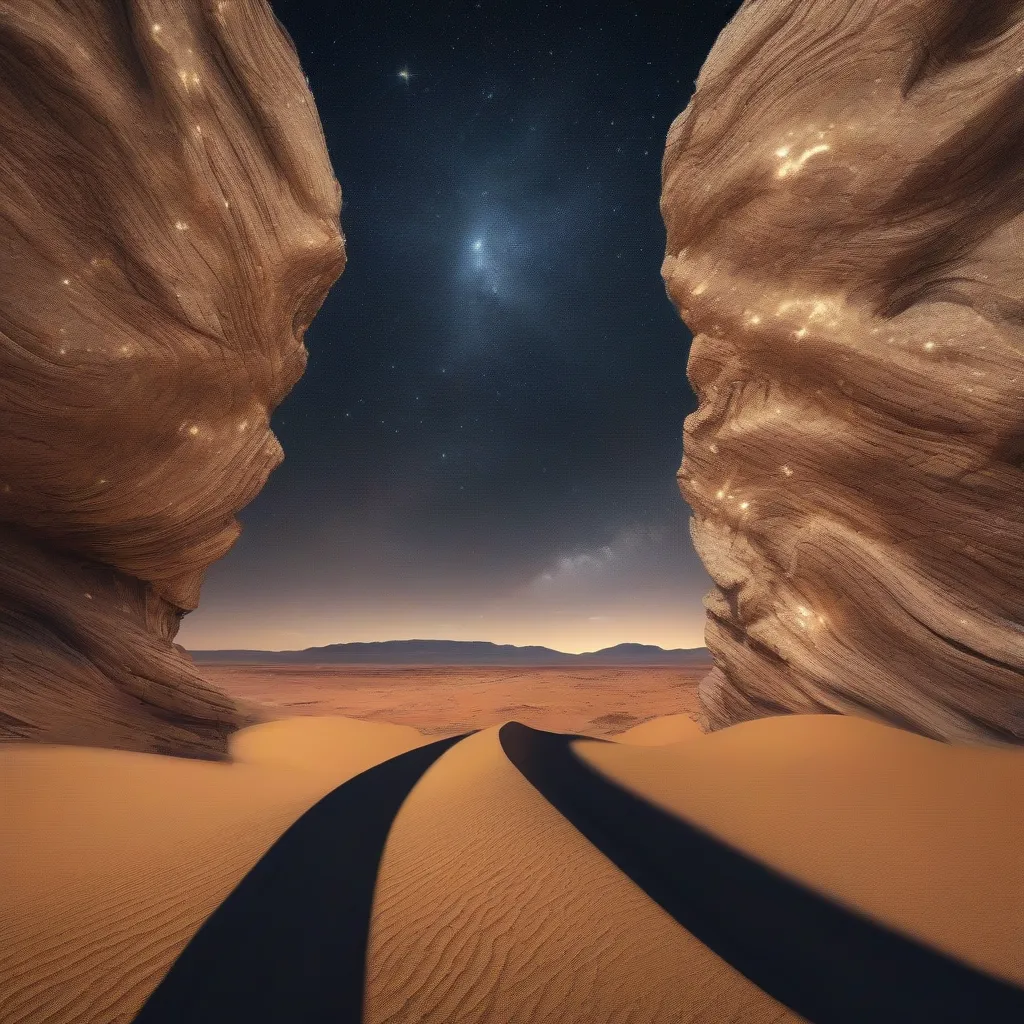Imagine yourself gazing at the night sky, stars twinkling like distant diamonds. For millennia, humans have looked up and wondered about our place in the cosmos. That yearning to explore the unknown led us to the Moon and beyond, scripting a history of human space travel filled with triumphs, tragedies, and the relentless pursuit of knowledge.
From Humble Beginnings to Giant Leaps
Our journey into space began not with a roar, but a beep. In 1957, the Soviet Union launched Sputnik, a satellite no bigger than a beach ball. This tiny sphere orbiting Earth ignited the space race, a period of intense competition between the US and USSR.
The Soviet Union continued its string of firsts, sending Yuri Gagarin, the first man in space, on a single orbit around Earth in 1961. Not to be outdone, the United States set its sights on a more audacious goal: landing a man on the Moon.
This dream became a reality in 1969 when Neil Armstrong took “one small step” onto the lunar surface, forever etching his name and the Apollo 11 mission into history. The grainy images of that momentous event, broadcast worldwide, captivated millions and ushered in a new era of human exploration.
Beyond the Moon: Expanding Our Horizons
After the Apollo program concluded in 1972, focus shifted from fleeting visits to establishing a continuous human presence in space. The Skylab space station, launched by the US in 1973, became the first step towards this goal, hosting three crews for a total of 171 days.
The Soviet Union followed suit with their Salyut and Mir stations, further solidifying the importance of international collaboration in space. This cooperative spirit culminated in the International Space Station (ISS), a testament to human ingenuity and the desire to push the boundaries of exploration.
 International Space Station orbiting Earth
International Space Station orbiting Earth
The Future of Space Travel: A Universe of Possibilities
Today, private companies like SpaceX and Blue Origin are revolutionizing space travel, making it more affordable and accessible. Space tourism, once a fantasy confined to science fiction, is now a reality, with companies offering suborbital flights and even planning orbital hotels.
The future holds even more exciting possibilities. Missions to Mars, the colonization of other planets, and the search for life beyond Earth are no longer the stuff of dreams, but tangible goals driving current research and development.
Planning Your Own Journey into Space?
While a trip to the stars might not be on everyone’s bucket list, there are plenty of earthbound ways to experience the magic of space exploration.
- Visit the Kennedy Space Center Visitor Complex in Florida: Walk under the massive Saturn V rocket, touch a moon rock, and meet a real astronaut!
- Explore the Smithsonian National Air and Space Museum in Washington, D.C.: Discover the history of flight, from the Wright brothers to the Space Shuttle, and get up close to iconic spacecraft.
- Plan a trip to a dark sky location: Escape the city lights and marvel at the Milky Way, just as our ancestors did for centuries.
 Stargazing in the desert
Stargazing in the desert
FAQs About Human Space Travel
Q: What is the farthest a human has traveled in space?
A: The crew of Apollo 13 holds the record for the farthest humans have traveled from Earth, reaching a distance of 248,655 miles (400,171 kilometers) during their perilous journey around the Moon in 1970.
Q: What are the challenges of living in space?
A: Living in microgravity poses unique challenges to the human body, including muscle and bone loss, changes in cardiovascular health, and radiation exposure.
Q: What is the future of space tourism?
A: The burgeoning space tourism industry is predicted to become increasingly accessible and affordable, with future possibilities including orbital hotels, lunar excursions, and even Martian expeditions.
Embrace the Wonder
As we continue our journey into the cosmos, remember that the history of human space travel is still being written. Every launch, every discovery, every new footprint on an unexplored world, adds a new chapter to this incredible story. So, keep looking up at the stars, for the universe is vast and full of wonders waiting to be explored.
For more insightful articles about travel and the wonders of space and time, be sure to explore other engaging content on TRAVELCAR.edu.vn. You might find these articles particularly interesting: [article title about time travel] (link to time travel article) and [article title about paradox] (link to paradox article).
Remember, every journey begins with a single step, even those that lead us to the stars.

